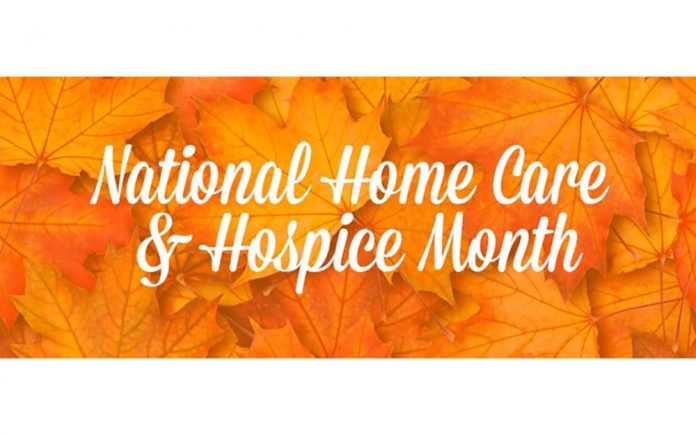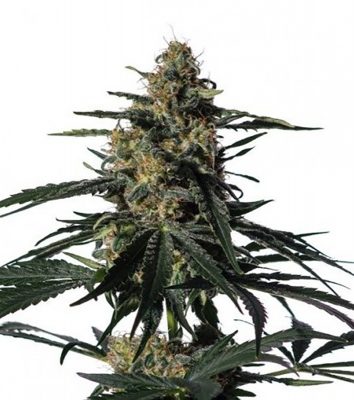
BY RUTH HILL R.N.
On January 1st in 1452 the first patient was admitted to The Hospice of Beume in Beaune in Burgundy France. It was erected in 1443. The poor and rich came from all over Europe which was devastated by the 100-year war. The Duke of Burgundy, Philip the Good, delegated the job of building this refuge for end of life care to his conscientious and capable chancellor, Nicolas Rolin. Marauding bands pillaged and destroyed villages. The country people abandoned their fields and sought refuge in the walled cities. Crops failed. People starved. Disease was rampant. Daily survival trumped care for the dying.
The hospice was an oasis of comfort. Patients ate with pewter dishes instead of wooden bowls of the times. They had a comfortable dormitory with a chest for clothes. The Chapel was integrated into the hall allowing patients to take part in services without getting out of bed. Imagine the therapies given: opiates, laudanum (the widely used tincture of opium and alcohol), wine from the donated vineyards and that hemp plant grown by the farmers. Today the Hospice de Beaune is a museum having transferred their patients in 1971 to a modern hospital.
 In 1893 Lillian Wald RN, the founder of home health in America, made her very first home visit to a young mother living in the Lower East Side of Manhattan, who was hemorrhaging after giving birth. By1895 the demand was so great for her services she moved her operation to Henry Street. In addition to caring for the sick, the Henry Street Settlement provided financial assistance and incentives such as scholarships to the community and established social programs.
In 1893 Lillian Wald RN, the founder of home health in America, made her very first home visit to a young mother living in the Lower East Side of Manhattan, who was hemorrhaging after giving birth. By1895 the demand was so great for her services she moved her operation to Henry Street. In addition to caring for the sick, the Henry Street Settlement provided financial assistance and incentives such as scholarships to the community and established social programs.
In 1910 the Henry Street Settlement had a staff of 54 nurses, ran a convalescent home, three country homes, and first aid stations. The Visiting Nurses Association of America branched off from The Henry Street Settlement in 1944 and continues to flourish to this day providing advanced nursing services in the home ranging from simple wound care to infusion of blood products to children with genetic disorders.
Dame Cicely Saunders a dynamic woman unable to promote holistic caring as a nurse or social worker became a physician who could then forever alter the way we think about end of life care. Her vision was one of an atmosphere like the Hospice of Beaune, that was truly patient-centered, with specific mental, physical and emotional needs cared for. To her, this meant removing terminally ill people from the sterile hospital environments of the 1950’s into their homes surrounded by loved ones. Efforts to mimic natural childbirth using midwifes at home coincided with the shift in palliative care treatments that avoid sedating patients unnecessarily.
In 1967, Dame Sanders’s dream materialized in a suburb of London, when she established the first modern hospice: St. Christopher’s. She then came to Yale and influenced Florence Wald, the mother of the American hospice movement, who in 1974 started the first modern hospice in the U.S., Connecticut Hospice in Branford, Connecticut.
Today there are over 6,100 hospices across the US that practice the principles of Florence Wald, and Dame Cicely Sanders. As modern hospices and home health agencies evolve it will include a holistic approach that focuses on comfort, spirituality, relationships, and personal development right up until the final moments. The mantra of “dying with eyes wide open” is encouraging medical cannabis for pain agitation hallucinations nausea vomiting dementia and shortness of breath. With medical cannabis patients leave their stupor behind and enter a peaceful life transition with loved ones by their side. If your nurse is helping you obtain cannabis for symptom relief thank her/him profusely. Management erects barriers preventing nurses from just talking about cannabis.
During this month of November when we celebrate National Home Care & Hospice Month, remember where we were 50 years ago. Thank your nurses, home health aides, social workers and chaplains for their dedication and bravery helping patients access safe use of cannabis. Now is the time to continue pushing our legislators to force cannabis out of the closet in health institutions and end federal prohibition.
Ruth Hill lectures and consults the public on medical cannabis. Contact: hilruth@gmail.com
Nightingale Cannabis Strain
Nightingale cannabis strain was named after Florence Nightingale, and is an Indica dominant hybrid. It’s known for its staggering CBD levels of 10.3-20.3%, with a very wide range of THC levels. The THC:CBD ratio can reach up to 20:1. Buds are very frosty and solid. It can treat insomnia, nausea, pain and anxiety. Nightingale is ideal for evening usage.
Nightingale cannabis strain’s high has high therapeutic value and a very mellow high with a lucid yet relaxing overtone.
Genetics: Nightingale cannabis strain is a cross between Candida and Oldberry cannabis strains.
Indica / Sativa Ratio /Sativa
Average THC / CBD Level
1.00/10.00% THC 10.00/20.00% CBD —/—% CBN













































